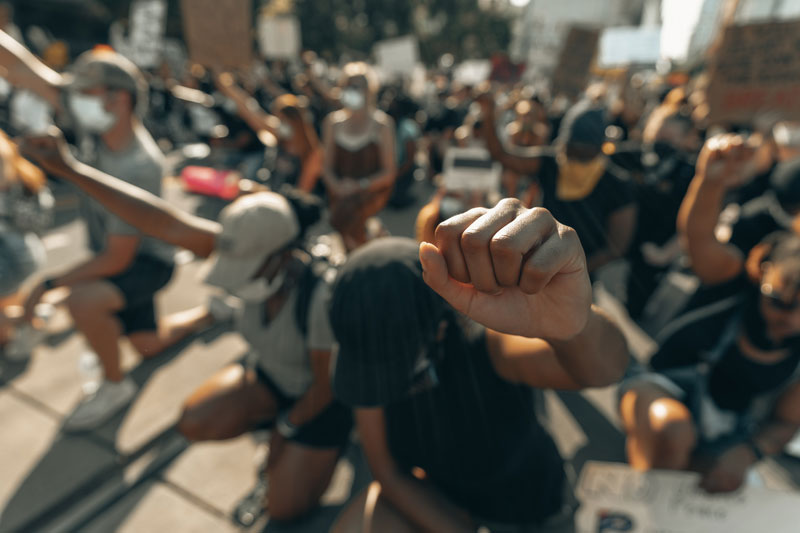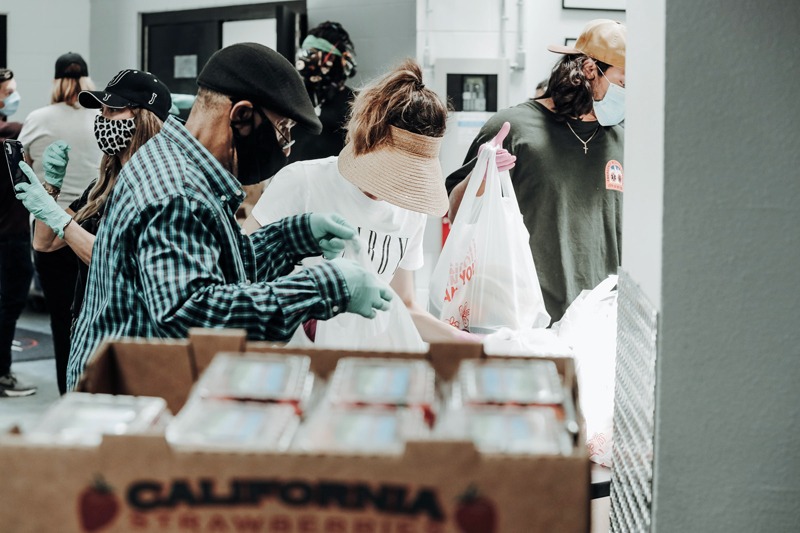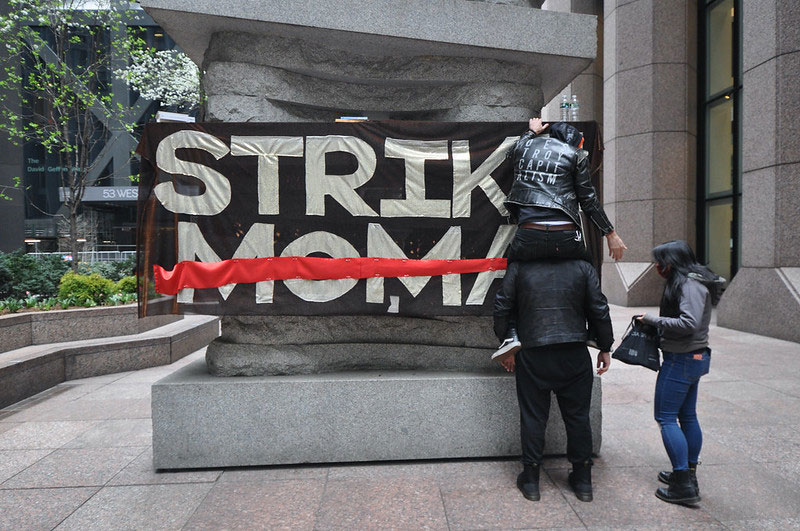September 12, 2010; Source: Middletown Journal | NPQ promised last week to follow some of the stories coming out of the United Way network as most begin their yearly campaigns in September. We decided to do this because United Way has been an important part of the funding mix in many communities, and the United Way network is going through some real changes with no clear end point in sight . . . at least as far as we can see. So we will continue to bring you stories and at various points, when appropriate, discuss the trends that we note. We did this last year in a story called, “United Way: A Confused Mix of Missed and Missing Goals”.
Our first United Way story this time around is out of Middletown, Ohio and attempts to answer why the Butler County United Way is saying this year’s $2.1 million goal—3 percent more than last year’s take—is achievable. The 2009 goal was set at $2.45 million, but obviously fell short.
Maureen Noe, the BCUW president says she believes the 2010 goal is possible because the United Way has “implemented changes to make the partner agencies it funds more accountable.” She says the “United Way is now funding programs aligned with its goals to help adults be self sufficient and youths become successful adults.” This appears to relate to a community impact strategy. “We think (the goal is) achievable because our message is focused,” Noe said. “People tend to be generous to the things they can see.” We find the statement somewhat confusing but we’ll assume that the statement was taken out of context. In any case, we all should be keeping an eye on how the community impact strategies affect United Way fundraising goals over time.
Sign up for our free newsletters
Subscribe to NPQ's newsletters to have our top stories delivered directly to your inbox.
By signing up, you agree to our privacy policy and terms of use, and to receive messages from NPQ and our partners.
And then, another disagreement over a proposed merger between two United Ways is being played out in public, this time in Mahoning Valley, Ohio. As far as we can discern, the United Way of Youngstown may be putting public pressure on the smaller Trumbull County United Way to merge, a move that Trumbull County has rejected more than once.
The article reports that while some of the donors which give to both organizations support the move, Trumbull County United Way has in hand a jointly funded $30,000 study that took eight months to complete but did not convince their board of the wisdom of the move. They are using the document but as a strategic planning document for themselves.—Ruth McCambridge













